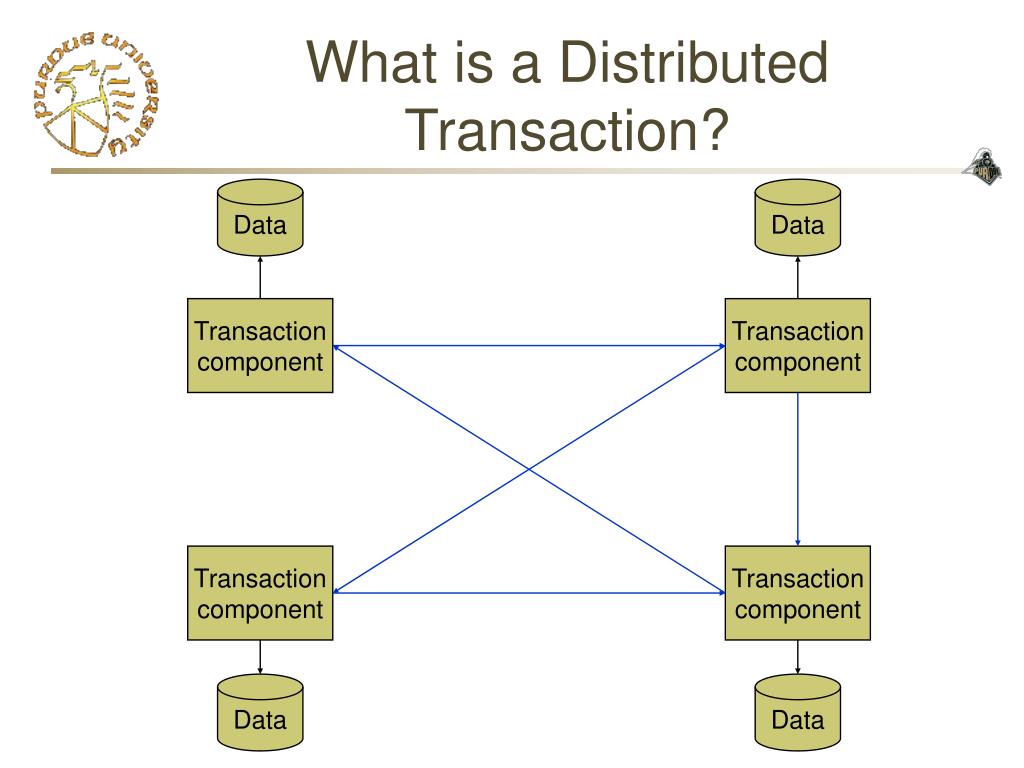
If the statements are executed through Snowsight, execution halts at the first error. If these statements are not inside a stored procedure, then the behavior depends on how the statements are executed. If the stored procedure handles the exception and commits the statements prior to the failed INSERT statement, but does notĮxecute the statements after the failed INSERT statement, then only the row with value 1 is stored in the table. In that case, the table does not have either 1 or 2. If the exception is not handled, then the stored procedure never completes, and the COMMIT is neverĮxecuted, so the open transaction is implicitly rolled back. If these statements are inside a stored procedure written in Snowflake Scripting language, the failed INSERT statement The statements after the failed INSERT statement might or might not be executed, depending upon how the statements are run and Snowflake rolls back the active transaction and issues an error message. Regardless of whether the stored procedure’s active transaction was started explicitly or implicitly, TRUE or FALSE, and regardless of whether or not the new value is different from the previous value.įor example, even if you set AUTOCOMMIT to FALSE when it is already FALSE, an implicit COMMIT is executed.Īn implicit ROLLBACK is executed at the following (if a transaction is already active):

The execution of an ALTER SESSION SET AUTOCOMMIT statement, regardless of whether the new value is The first DML statement or query statement after disabling AUTOCOMMIT.Īn implicit COMMIT is executed at the following (if a transaction is already active): a DDL statement, or an explicit commit or rollback). This is true regardless of what ended the The first DML statement or query statement after a transaction ends. ROLLBACK are rolled back even if AUTOCOMMIT is TRUE.Īn implicit BEGIN TRANSACTION is executed at: Statements inside an explicit BEGIN TRANSACTION. Statements inside an explicit transaction are not affected by AUTOCOMMIT. In other words, that statement is automatically committed if it succeeds, and The default setting for AUTOCOMMIT is on.Įach statement outside an explicit transaction is treated as though it is inside its own implicit In accrual accounting, if the same service is completed in September, the transaction will be recorded in September, even if the payment is actually received in October.Snowflake supports an AUTOCOMMIT parameter. More commonly used by larger businesses with a significant annual turnover, accrual accounting means that a transaction is recorded when the products or service is delivered or completed (as opposed to when the payment is collected). Recording transactions in accrual accounting In this approach, even if a service is completed in September, if the payment comes through in October, this is added to the accounts in October. This is fairly straightforward as it involves recording a transaction when the cash or payment is actually collected from the customer. Recording transactions in cash accountingįor most freelancers, sole traders, and small businesses, cash accounting is the method most often chosen. This means that it’s affected by whether you’re using cash accounting or accrual accounting. Recording a transaction differs depending on the accounting method that has been selected for your business. Liabilities - the collecting of accounts receivable, for exampleīank accounts - not necessarily a business transaction, but the movement of funds within a bank account can be considered transactions

They can become infinitely more complex when involving the exchange of other elements of cash value, such as:Īssets - the purchase or sale of items considered assets to the business (either tangible or intangible assets) However, business transactions can also involve more than just goods or services and cash. The issuing of a document related to the transaction (for example, an invoice, payment receipt, etc.)Ī resulting action in the accounting of the business(es) involved (in double-entry bookkeeping, an entry in the appropriate credits and debits) These include:Īn exchange that represents a clear amount of cash (something that can be evaluated as having a decisive cash value) There are several characteristics that can help easily identify a business transaction. This is, of course, the simplest form of a transaction. Types of transactionsĪny transaction typically involves two parties: a buyer and a seller. While the term ‘transaction’ can take on a number of different meanings (depending on the context and the field in which it’s being used), the most commonly understood meaning is that of a financial exchange - in other words, the trade of a product or service for money.
Transactions for free#
A transaction in the business world refers to any event that can have an impact on the finances of the companies involved.Ĭreate, send and track your invoices for free with SumUp Invoices.


 0 kommentar(er)
0 kommentar(er)
